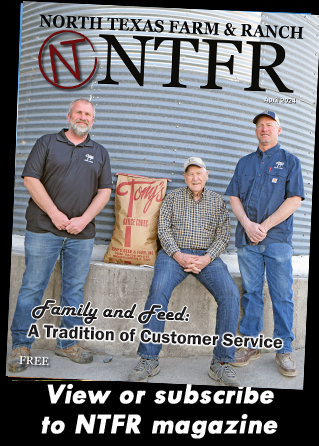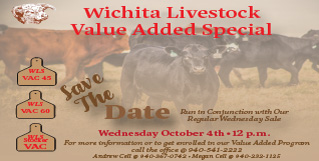Farm & Ranch
Mastitis in beef cattle
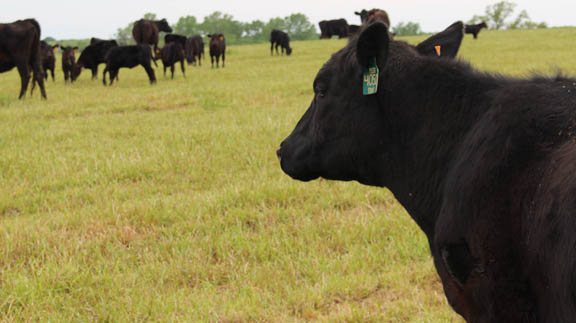
By Jessica Crabtree and Dr. Jered Harlan
Mastitis – what is it? Mastitis is the inflammation of the mammary gland which can significantly reduce milk production. Mastitis is routinely found in dairy cattle; however, it is a growing problem in beef cattle herds—so much so that the result is weaning weights are subject to reduction by seven to twelve percent.
According to the specific cases, signs and symptoms, mastitis can be broken down into four categories: peracute, acute, subacute and subclinical mastitis.
If the bag appears swollen, hot and red, producers can diagnose peracute mastitis. The cow may kick or flinch when touched due to sensitivity, and milk production will be reduced. A fever will most likely be present followed by shivering, rapid weight loss, loss of appetite and depressed behavior. In severe cases of peracute mastitis, death is possible.
With acute mastitis, symptoms include inflammation, some signs of fever and mild depression. Subacute mastitis is different. Symptoms are much less distinct due to no signs of fever, depression or any other general signs associated with mastitis. Lastly, subclinical mastitis is the inflammation of the mammary gland, without showing any signs or symptoms. To read more pick up a copy of the June 2016 NTFR issue.
Farm & Ranch
Ag Elsewhere: Wyoming
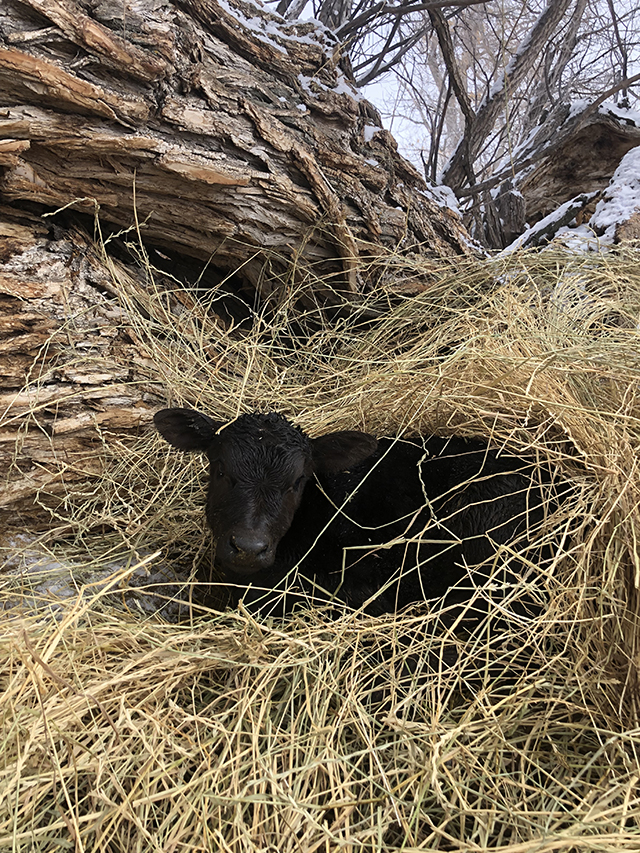
By Tressa Lawrence
Babies are tucked away in every nook and cranny. Many ranchers across Wyoming have baby animals popping up all over this time of year.
Farm & Ranch
Ag Elsewhere: Montana
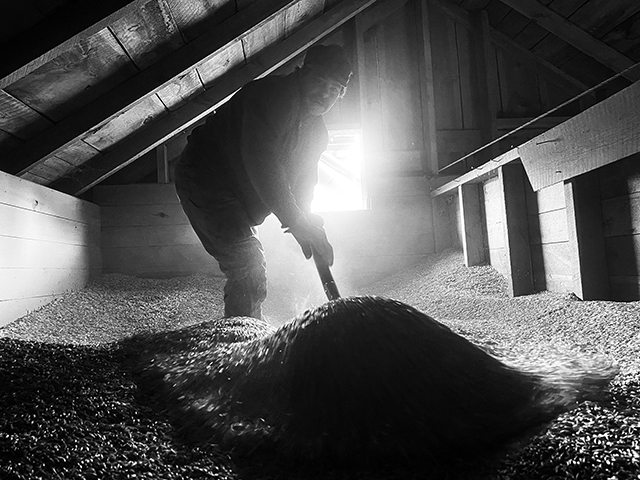
By Lindsey Monk
Another load of grain in to keep feeding the calves until the green grass can really start popping.
Farm & Ranch
Meanwhile, Back at the Ranch….
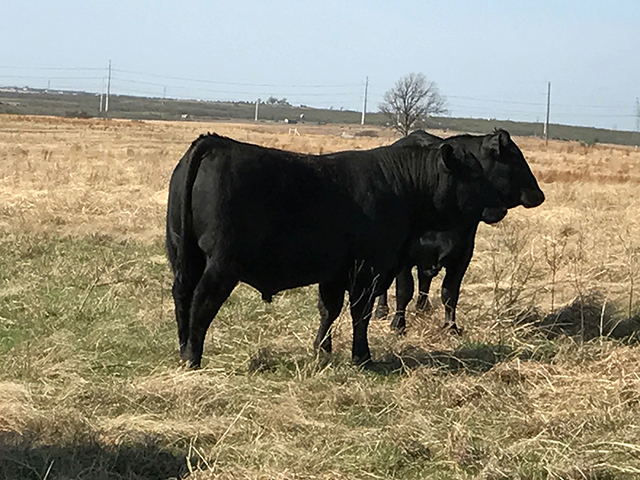
By Rayford Pullen | [email protected]
Spring has sprung and hopefully the rains will continue where our country will heal from the previous droughts and our grasses will thrive. We are especially hopeful for the Panhandle of Texas where our neighbors and friends have been dealt a deadly blow to homes, ranges, livestock, and people. Keep them in your prayers as they will not be able to return to normal for many years if at all. Having lost their ability to benefit from this great cattle market is a double whammy for all of them.
Now is the time of year when we need to take care of business as it relates to our new calves that have been hitting the ground this spring. First and foremost is vaccinating for Blackleg followed by deworming with a white wormer and the IBR complex. Blackleg is a soil-born disease and with pastures extremely short this spring our calves have been grazing the green grass as soon as it shows itself, making them even more vulnerable to picking contaminates from the soil.
To read more, pick up a copy of the April issue of NTFR magazine. To subscribe by mail, call 940-872-5922.
-
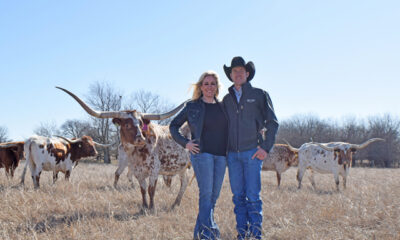
 Country Lifestyles1 year ago
Country Lifestyles1 year agoScott & Stacey Schumacher: A Growth Mindset
-
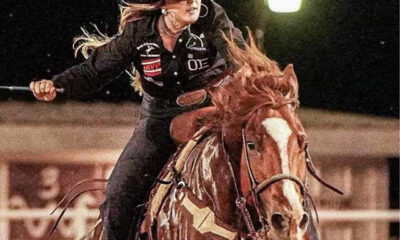
 Equine7 months ago
Equine7 months agoThe Will to Win
-
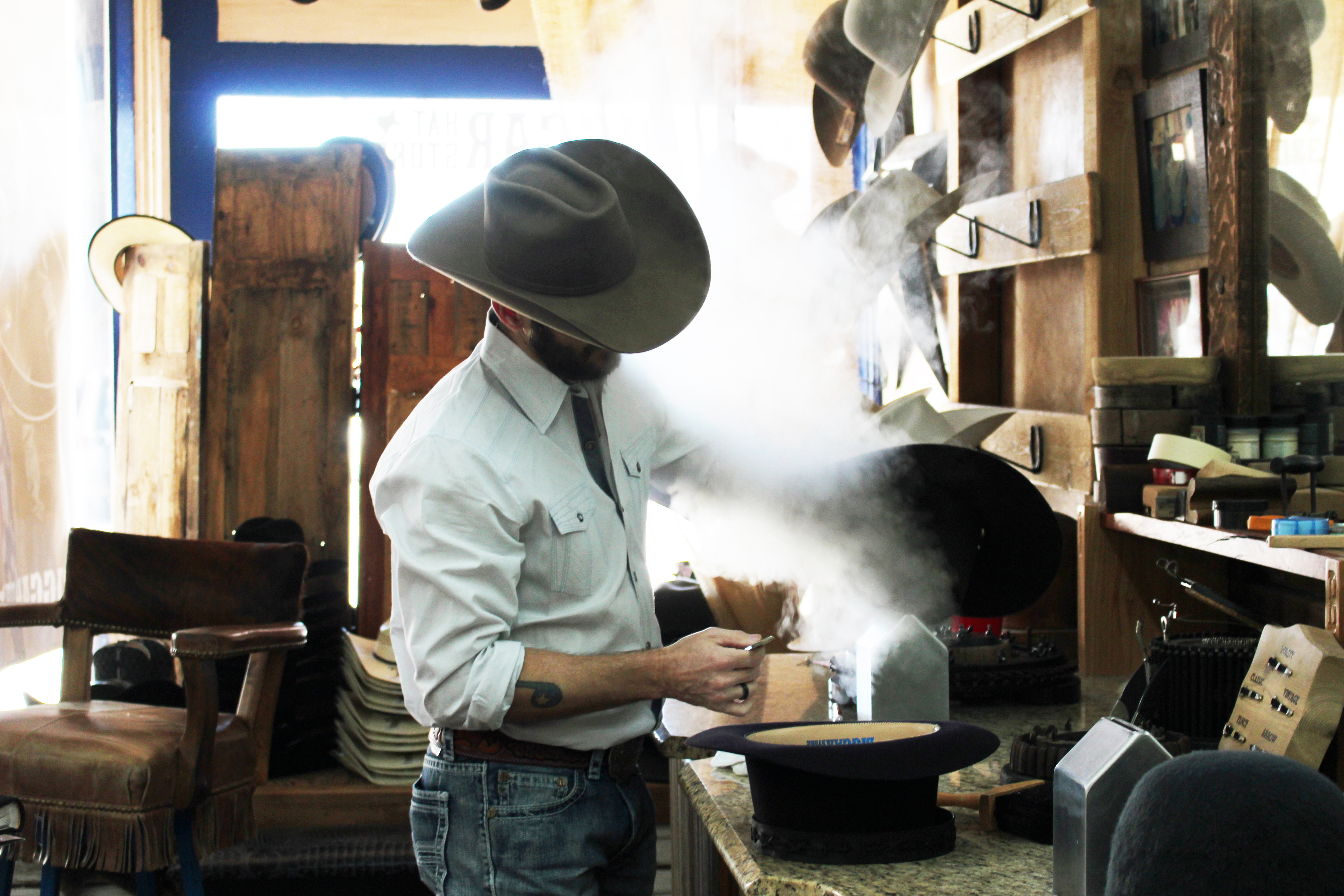
 Country Lifestyles7 years ago
Country Lifestyles7 years agoStyle Your Profile – What your style cowboy hat says about you and new trends in 2017
-
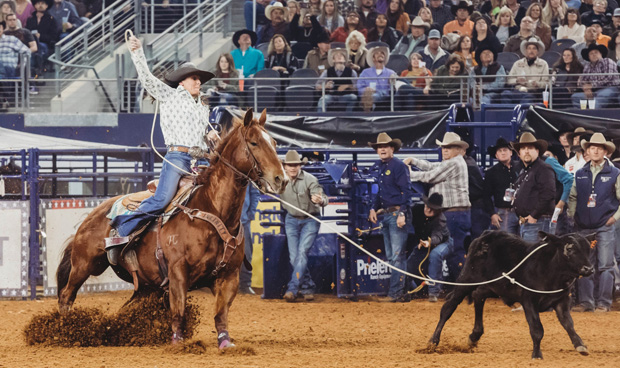
 Country Lifestyles4 years ago
Country Lifestyles4 years agoAmber Crawford, Breakaway Roper
-
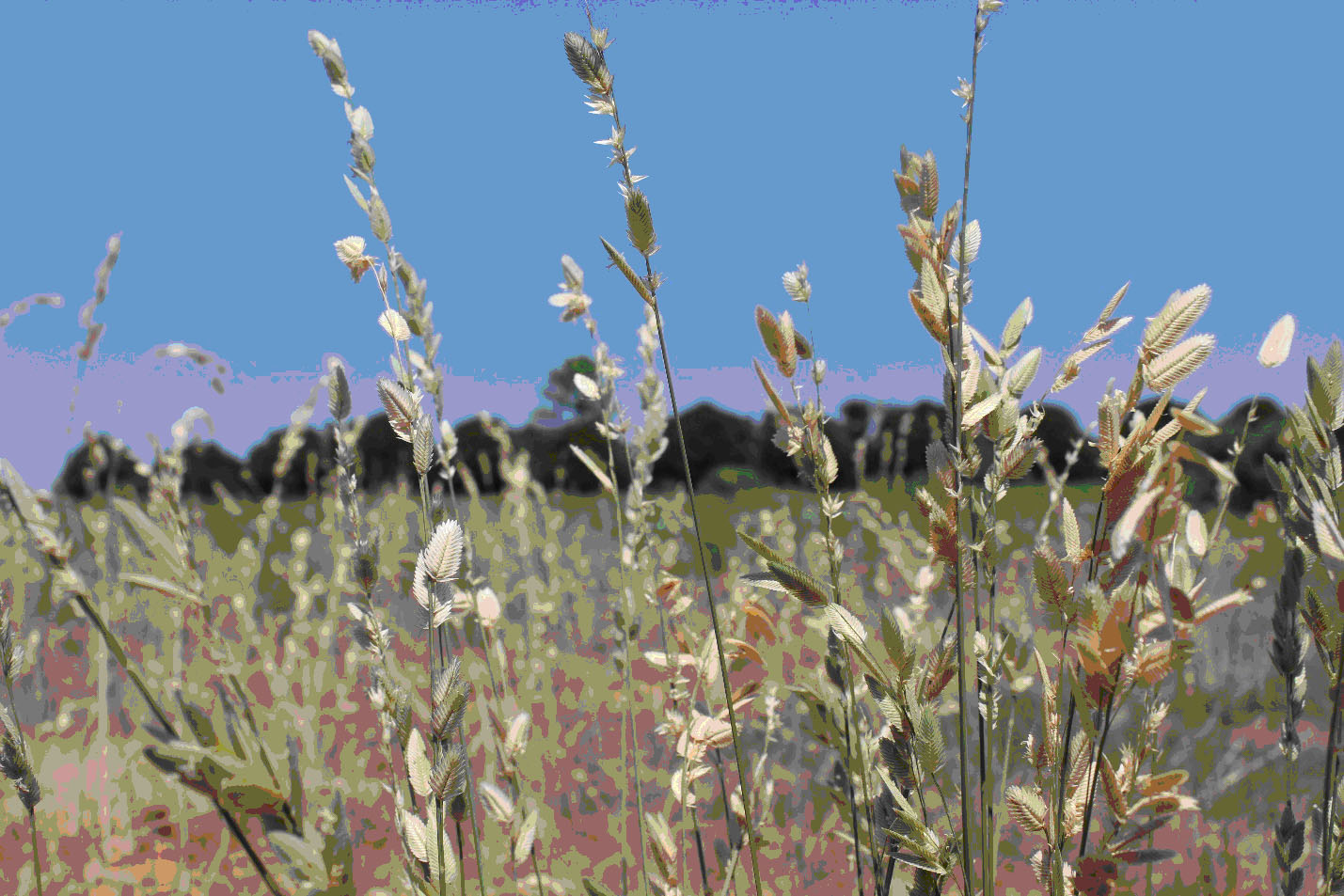
 HOME7 years ago
HOME7 years agoGrazing North Texas – Wilman Lovegrass
-
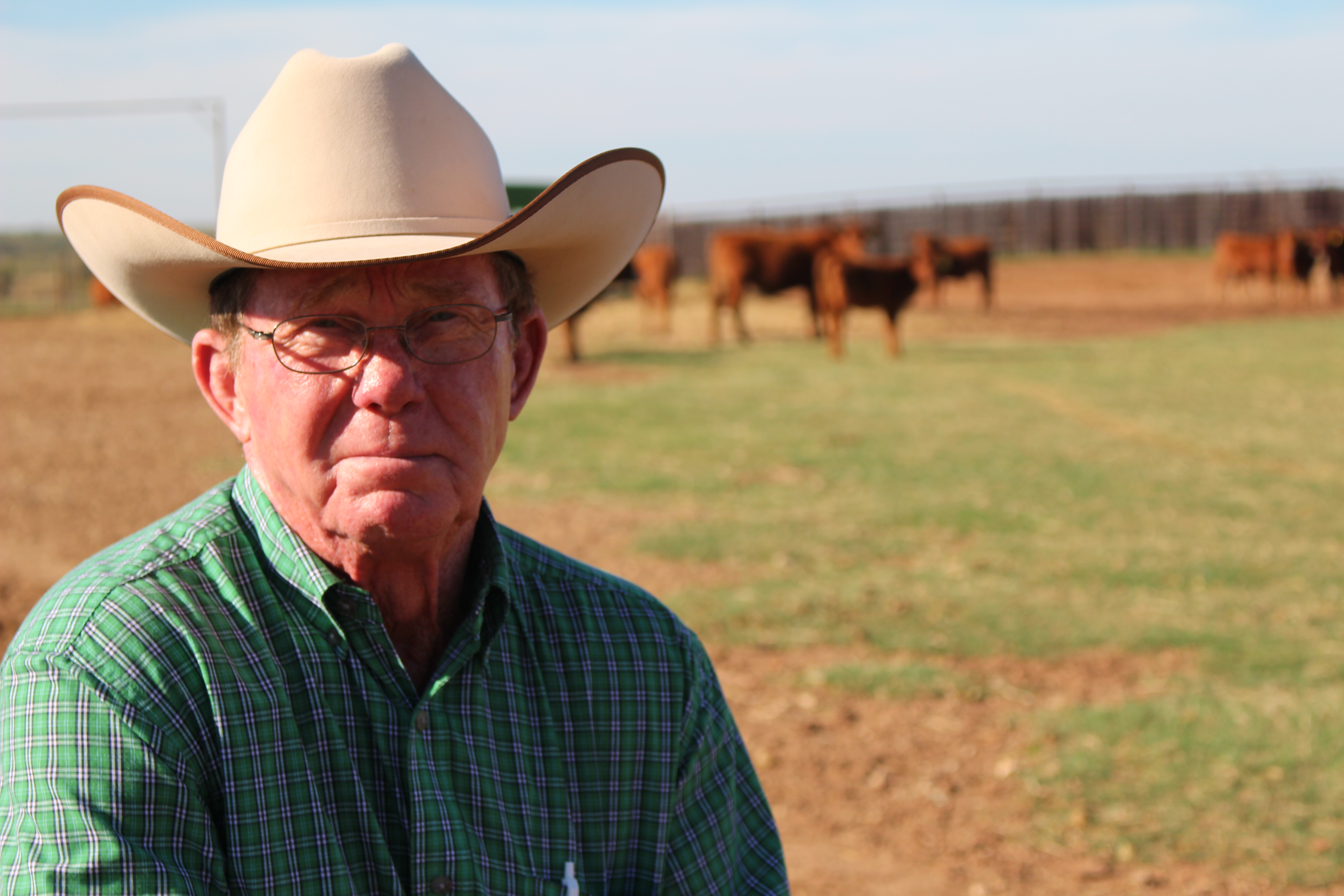
 Country Lifestyles7 years ago
Country Lifestyles7 years agoDecember 2016 Profile, Rusty Riddle – The Riddle Way
-

 Country Lifestyles8 years ago
Country Lifestyles8 years agoJune 2016 Profile – The man behind the mic: Bob Tallman
-

 Country Lifestyles8 years ago
Country Lifestyles8 years agoCowboy Culture with Clay Reid – Being a Man

